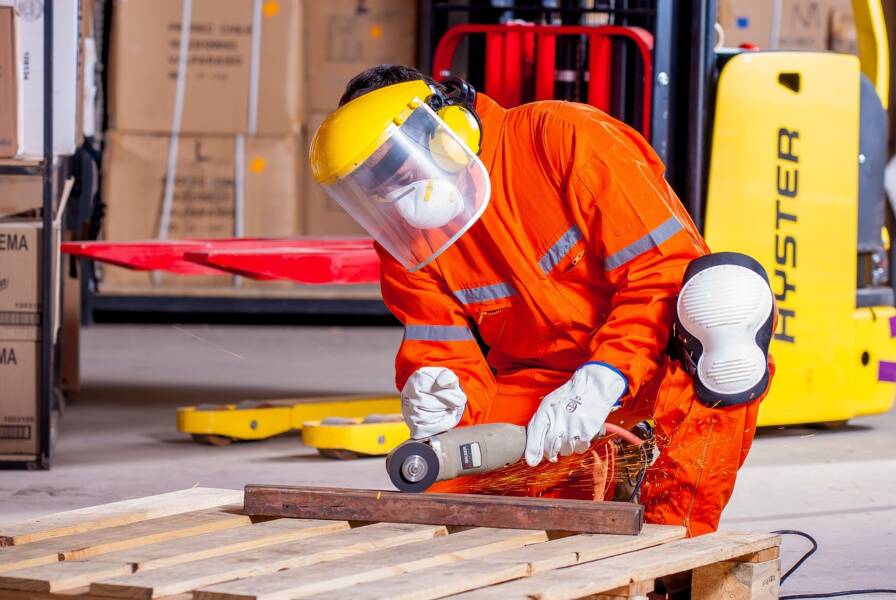Workplace safety is a top priority for heavy industries, as workers are often exposed to hazardous conditions and potentially life-threatening situations. Companies in these industries have the added challenge of ensuring their staff’s safety despite working with complex machinery and equipment. Implementing a comprehensive EHS solution is crucial for heavy industries, providing a systematic approach to mitigate risks and uphold workplace safety standards, especially when dealing with complex machinery and equipment that pose potential hazards to workers.

Apart from ensuring employees take necessary courses like AlertForce Working at Heights training in Sydney, players in the heavy industry are now turning to technology as one of the most effective tools in reducing workplace accidents.
In this article, we will explore the various ways technology is helping to keep workers safe in heavy industries. By the end of it, you will have a better understanding of how technology can be used to improve workplace safety.
Types of Safety Technology
The use of technology for workplace safety in heavy industries has seen the rise of a number of sophisticated devices and systems. They include:
- Wearables: Wearables are usually worn by workers in the form of smartwatches and glasses. They help track workers’ locations, monitor vital signs such as heart rate and temperature, warn them of dangerous conditions, and alert supervisors if a worker is injured or unresponsive.
- Robotic Process Automation: Robotic process automation (RPA) can help automate manual processes, which can help reduce human error and improve safety. RPA can detect potential hazards in an environment and alert workers to them.
- Internet of Things (IoT) Sensors: IoT sensors are used for gathering real-time data about the environment, such as temperature, humidity, air quality, and more. This helps workers identify potential risks and take action to mitigate them.
- AI-Based Safety Solutions: AI-based safety solutions like the AI-powered safety technology by Protex AI are designed to detect hazards and alert workers of their presence, as well as monitor the environment for changes. These systems can be used to quickly respond to dangerous situations by alerting workers or sending out automated notifications.
How Technology Can Help Increase Workplace Safety
Technology can help increase workplace safety in a number of ways. Here are some examples:
Real-Time Monitoring
With the use of sensors, wearables, and tracking systems, it is now possible to monitor workers’ location and activities in real time. This helps supervisors ensure that employees are following safety protocols and that they are not putting themselves in danger.
Detecting Hazards
IoT sensors can detect potential hazards such as gas leaks, fire, and other dangers. This helps workers stay safe and avoid accidents. They can be used to monitor hazardous areas and alert workers when a potential threat is detected.
Safety Training
There are now online tools that provide safety training and help employees stay informed about their organizations’ safety protocols. These can be used to train new hires or refresh existing staff on best practices for workplace safety.
Automation
Utilizing automated systems can help reduce the number of manual tasks that workers have to perform. This helps minimize the potential for worker injury, as well as increases efficiency and productivity.
Big Data Analysis
By collecting data from workplace safety protocols and past accidents, employers can use big data analysis to predict potential safety issues before they occur. This helps managers take proactive steps to prevent accidents and improve safety conditions.
Technology is an invaluable asset for ensuring workplace safety in heavy industries. By utilizing these tools, employers can protect their workers and monitor hazardous areas in real-time. With the right technology in place, companies will be able to reduce workplace injuries, increase efficiency, and boost productivity.
TechnologyHQ is a platform about business insights, tech, 4IR, digital transformation, AI, Blockchain, Cybersecurity, and social media for businesses.
We manage social media groups with more than 200,000 members with almost 100% engagement.